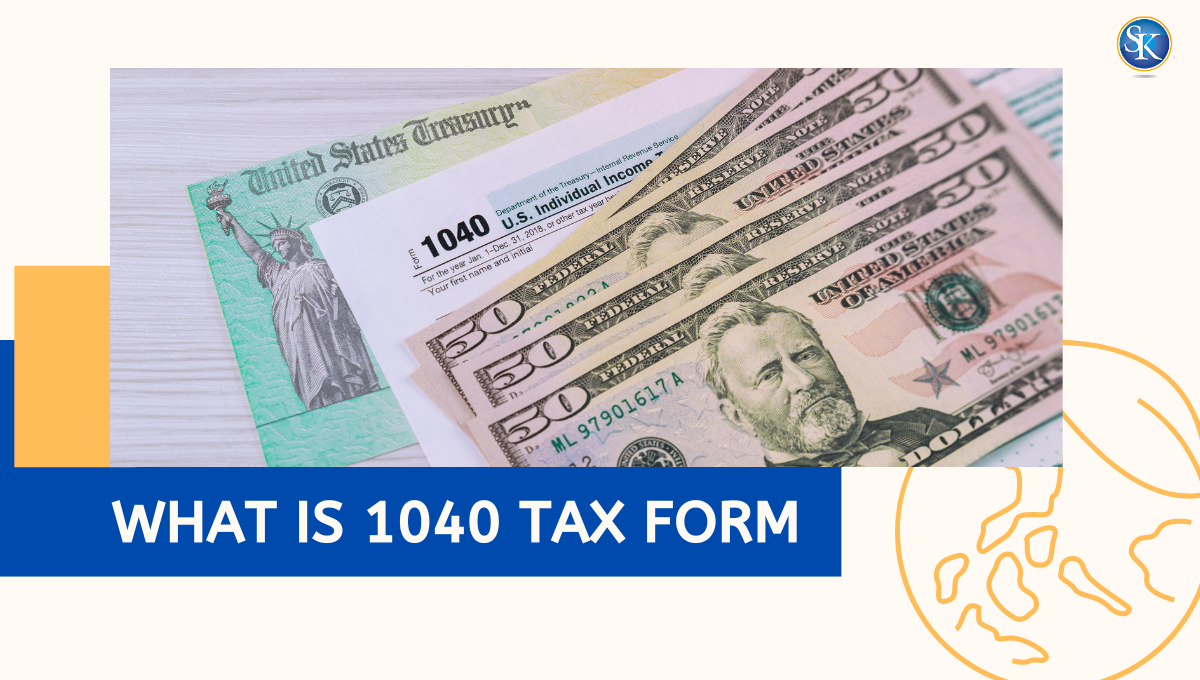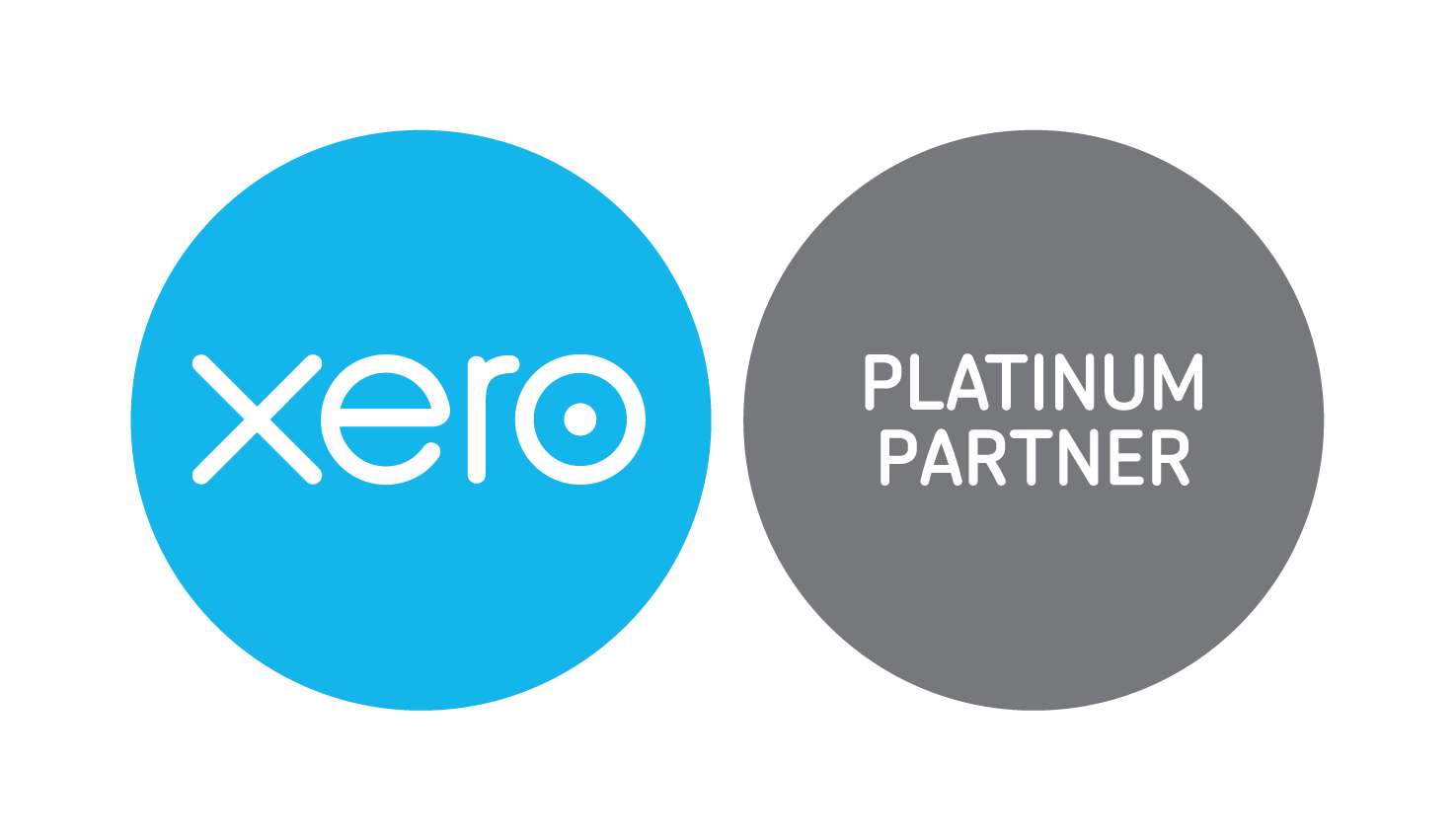
1040 Tax Form: What Is It and How Does It Work?
Form 1040 is the IRS form that is used by most individuals to file their annual federal income tax return. You report income (wages, self-employment, investments), claim deductions/credits, and the IRS determines whether you owe more or get a refund.
If you earned at or above the filing threshold for the year, you’ll file Form 1040 by the April deadline (or with an approved extension).
What is a 1040 tax form?
The 1040 tax form is the primary document used by individual taxpayers to file their taxes with the IRS each year. It serves multiple functions, chiefly among them to report one’s income from various sources such as wages, salaries, dividends, capital gains, and other types of taxable income. In addition to income, taxpayers must also include personal information on Form 1040, such as their name, address, Social Security number, and details regarding dependents.
Changes in Tax form 1040 for 2026
Instead of a long year-by-year table, surface the themes people care about:
-
Digital assets: clearer questions about crypto and other digital asset activity.
-
Inflation adjustments: standard deduction, brackets, and many credits shift annually.
-
Energy credits: expanded/updated rules for certain clean-energy improvements and vehicles.
-
Pandemic-era items: many special rules have sunset; current-year instructions apply.
Who Must File Form 1040?
You generally must file if your gross income meets or exceeds the IRS threshold for your filing status (Single, MFJ, MFS, HOH) and age for that tax year. Other reasons you may need to file even below the threshold include self-employment income (≥ $400 net), Advance Premium Tax Credit reconciliation, early retirement withdrawals, and certain credit claims (e.g., refundable credits).
Tip: Even if you’re under the threshold, filing can unlock a refund if you had withholding or qualify for refundable credits.
Standard Deduction for 2025-2026
These reduce the income you’re taxed on.
|
Filing status |
2025 |
2026 |
|
Single / MFS |
$15,750 |
$16,100 |
|
MFJ / QW |
$31,500 |
$32,200 |
|
Head of Household |
$23,625 |
$24,150 |
Seniors (65+) and blind taxpayers may qualify for additional standard deduction amounts.
How to File Form 1040
- Gather documents: W-2, 1099-NEC/MISC/INT/DIV/B, 1099-R, 1098 (mortgage/tuition), brokerage tax forms, HSA/IRA docs, prior-year AGI.
- Choose deduction path: Standard vs Itemized (Schedule A) — pick the larger benefit.
- Report all income: wages, tips, self-employment, interest/dividends, capital gains, rental, retirement.
- Claim credits: EITC, Child Tax Credit, education, energy, saver’s credit, premium tax credit.
- Review digital asset question: answer accurately if you bought/sold/received/ disposed.
- File: E-file for faster processing and refunds; or mail paper.
- Pay or track refund: Pay any balance due; track refunds with IRS tools
If needed file Form 4868 for an extension to file (to October). You must still pay by April to avoid interest/penalties.
Case Study
Henry (Single) earned $62,000 (W-2), $300 bank interest, and sold stock for a $1,200 gain. Henry takes the standard deduction.
-
Gross income : $62,000 + $300 + $1,200 = $63,500
-
Taxable income (2024 example): $63,500 − $14,600 = $48,900 (before credits)
Henry checks credits (e.g., saver’s credit if eligible), then files Form 1040 with Schedule D.
Types of Form 1040 (Which One Do I Use?)
-
1040 (Standard): Most taxpayers.
-
1040-SR (Seniors 65+): Larger print; same line items; includes senior standard deduction chart.
-
1040-NR (Nonresidents): For non-resident aliens with U.S.-source income or ECI.
-
1040-ES (Estimated Tax): Vouchers/worksheet for quarterly estimated tax.
-
1040-X (Amended Return): Fix a filed return (status, income, credits, etc.).
2025 Gross Income Thresholds (Filed in 2026)
Looking ahead, the income thresholds for filing a tax return in 2026 for the 2025 tax year are projected to increase slightly:
|
Filing Status |
Gross Income |
|
Single |
$16100 |
|
Married Filing Jointly or Qualifying Widow(er) |
$32200 |
|
Head of Household |
$24150 |
The Key Schedules For Taxes
-
Schedule A – Itemized deductions (mortgage interest, SALT, charitable gifts, large medical).
-
Schedule B – Interest/dividends (generally if > $1,500 or special cases).
-
Schedule C – Self-employment income/expenses (freelance, gigs, sole proprietors).
-
Schedule D – Capital gains and losses (stocks, crypto, property).
-
Schedule E – Rentals, royalties, pass-throughs (partnerships, S corps, trusts).
-
Schedule SE – Self-employment tax (Social Security/Medicare on net SE income).
Common Mistakes to Avoid
-
Skipping 1099 forms (brokerage, crypto, payment apps).
-
Missing estimated tax when self-employed (Schedule SE).
-
Forgetting to reconcile Advance Premium Tax Credit (health marketplace).
-
Taking the standard deduction when itemizing would save more (or vice-versa).
-
Ignoring the digital asset question.
-
Not filing because you “can’t pay” file anyway to reduce penalties and arrange a payment plan.
Conclusion
The 1040 tax form is fundamental to the U.S. tax system, and crucial for all taxpayers to understand. By keeping abreast of the latest changes, requirements, and thresholds, taxpayers can ensure they comply effectively with tax laws and optimize their financial outcomes. Always consult with a tax professional to ensure accuracy and to leverage all possible tax benefits.
FAQs
When is Form 1040 due?
Usually April 15, 2026. File Form 4868 to extend filing to October, but pay by April.
Can non-residents file Form 1040?
Non-resident aliens file Form 1040-NR, not the standard 1040.
Made to do if i make a mistake in Form 1040?
File Form 1040-X to amend.
Standard vs itemized which is better?
Whichever gives a lower tax. Add your itemizable expenses (mortgage interest, SALT, charity, qualifying medical). If the total is less than your standard deduction, take the standard.
If i can’t pay taxes in full?
File on time and request an installment agreement with the IRS to reduce penalties.
Follow SKFinancial on Facebook / Twitter / Linkedin / Youtube for updates.












